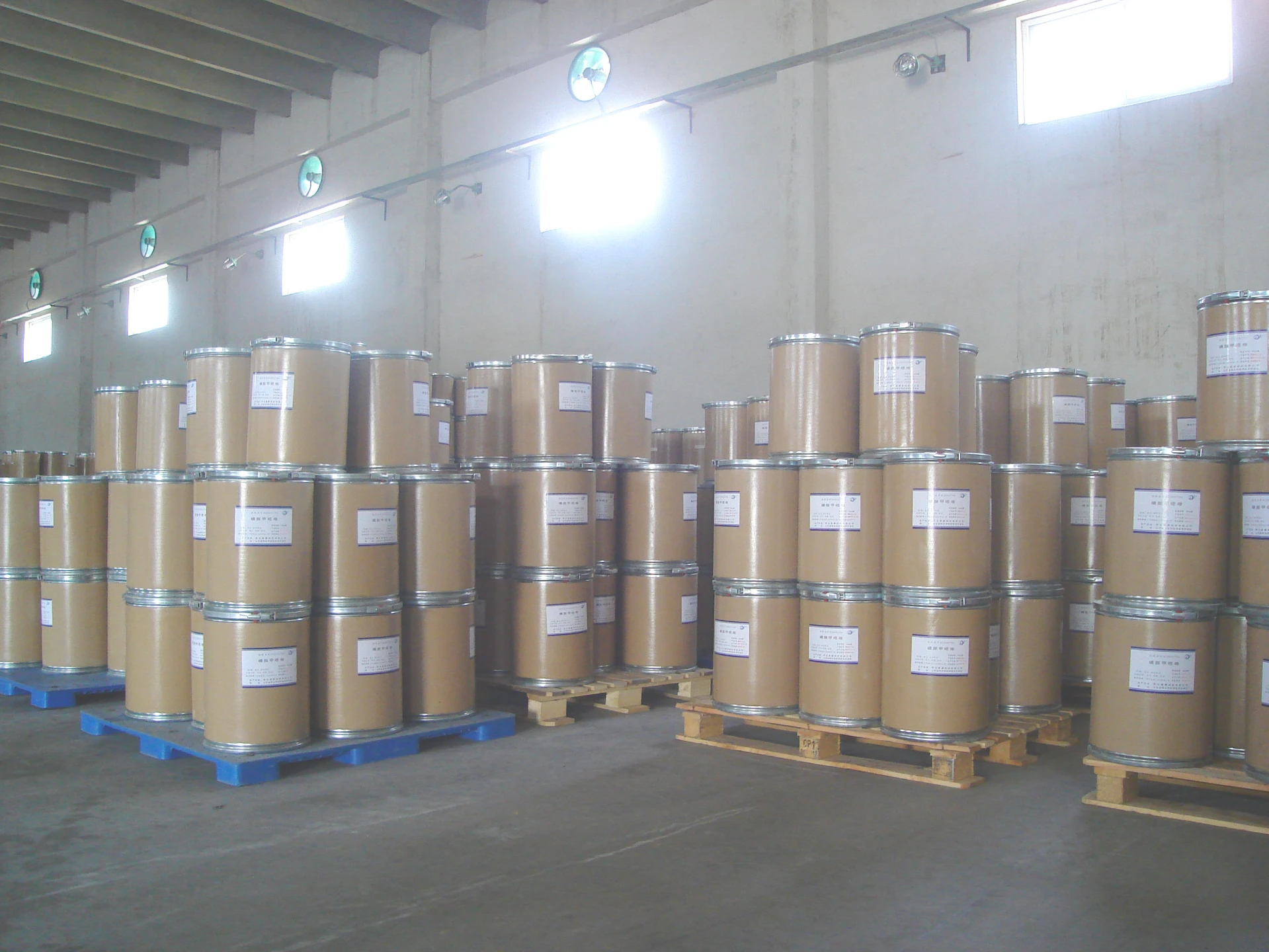The Importance of Water Tank Cleaning Chemicals
Water tanks are essential in both residential and commercial settings, providing a vital source of clean water. However, over time, these tanks can become contaminated, leading to bacteria growth, sediment buildup, and a decline in water quality. To combat these issues, water tank cleaning chemicals play a crucial role in ensuring the cleanliness and safety of the stored water. This article delves into the importance of these chemicals, their types, and best practices for their use.
Why Cleaning Water Tanks is Necessary
Contaminated water can pose serious health risks to individuals and communities. Bacteria such as E. coli, Giardia, and other pathogens can thrive in unclean water tanks, leading to gastrointestinal illnesses and other health issues. Additionally, sediment and mineral deposits can create an environment where harmful microorganisms flourish. Regular cleaning and maintenance of water tanks are crucial not only for health reasons but also for extending the life of the tank and optimizing its performance.
Types of Water Tank Cleaning Chemicals
There are various types of water tank cleaning chemicals, each designed for specific purposes
1. Chlorine-based Cleaners Chlorine is one of the most effective disinfectants for water tanks. It kills a broad spectrum of bacteria and pathogens. When using chlorine, it’s essential to adhere to proper dosages to avoid chlorine residue in the water supply.
2. Acidic Cleaners These are effective in removing mineral deposits and sediment that can accumulate in water tanks. Citric acid and phosphoric acid are commonly used for this purpose and can effectively dissolve scale and other stubborn residues.
3. Alkaline Cleaners These cleaners are particularly effective against organic materials, greases, and oils. They work by breaking down complex substances, making it easier to wash them away.
4. Environmental-Friendly Cleaners With growing concern for the environment, many manufacturers now offer eco-friendly cleaning solutions. These products typically contain biodegradable ingredients that effectively clean without harming the environment.
tank water cleaning chemicals

Best Practices for Using Water Tank Cleaning Chemicals
When using cleaning chemicals, it’s essential to follow best practices to ensure both effectiveness and safety
1. Read Instructions Carefully read the manufacturer's instructions before use. Each product has specific guidelines regarding dilution, application, and safety precautions.
2. Preventative Measures Regular cleaning should be part of a maintenance schedule. Doing so reduces the buildup of contaminants and minimizes the need for harsh chemicals.
3. Safety Gear Always wear appropriate safety gear, including gloves and masks, when handling cleaning chemicals. Some products can be harmful if they come into contact with skin or are inhaled.
4. Rinse Thoroughly After cleaning with chemicals, thoroughly rinse the tank with fresh water to remove any residue before refilling. This step is crucial to ensure that no harmful chemicals make their way into the drinking water supply.
5. Professional Cleaning For large tanks or heavily contaminated systems, it may be wise to hire professionals. They have the expertise and equipment to clean efficiently and safely.
Conclusion
Water tank cleaning chemicals are indispensable for maintaining water quality and ensuring the safety of water supplies. With the appropriate selection of cleaning agents and strict adherence to best practices, individuals and organizations can safeguard their health and extend the lifespan of their water storage systems. Regular maintenance, combined with effective cleaning solutions, will lead to cleaner water, healthier communities, and better water management practices overall. Ensure that your water tanks are regularly maintained, and consider investing in quality cleaning chemicals to protect this vital resource.

